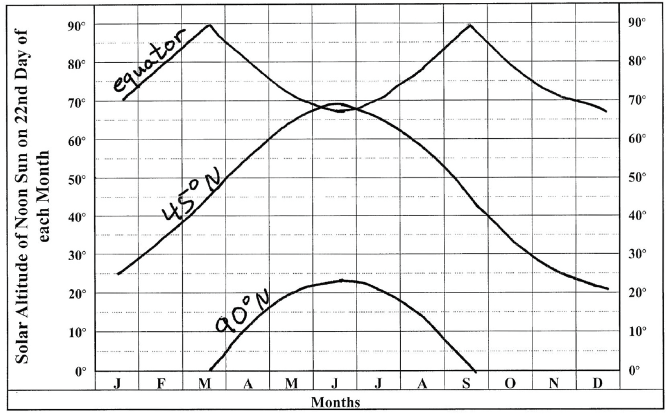What are the disadvantages of using biomass as a means to calculate primary productivity? What are
some other means used to measure this productivity? What will be an ideal response?
ANS:Answer
should include:
? Biomass, or mass of living tissue, present in an area is directly proportional to
productivity. The problem with using this method in the ocean is that dense populations
of autotrophs interfere with the amount of light penetration. The decrease in light
penetration means autotrophs produce carbohydrates at a slower rate. This is no longer a
direct proportion to productivity.
? In areas of small autotroph populations, there can be more light penetration. This would
cause there to be a higher rate of primary productivity.
? Researchers have "tagged" carbon radioactively. Carbon-14 behaves in the same way
Carbon-12 does during photosynthesis. This allows the researchers to measure
productivity directly.
? Productivity can be measured by using light-dark bottle techniques. Two samples are
collected, one is placed in each bottle. They are placed at a buoy. The light bottle
receives sunlight while the opaque blocks the light. The difference in carbon uptake can
then be calculated.
? Orbiting satellites are starting to be used in determining productivity. They can estimate
the chlorophyll content of an area. This is directly related to photosynthesis.
You might also like to view...
On the chart, use the data from Figure 11-2 to plot the altitude of the noon Sun on the 22nd day of each month for the equator, 45° N, and 90° N. Connect the values for each latitude with a labeled line (you may also use a red line for the equator, a green line for 45° N, and a blue line for 90° N). Plot negative angles as a solar altitude of 0°.

Using the completed chart, answer the following questions:
(a) On June 22, at which latitude (the equator or 45° N) is the noon Sun highest in the sky?
(b) Does the noon Sun at the North Pole ever get as high as it is on January 22 at 45° N?
Provide a definition for chemical bonding. Compare and contrast ionic and covalent bonding
Provide specific examples of the different kinds of bonds. What will be an ideal response?
One of the greatest terrorism-related nuclear threats is from
A. nuclear warheads. B. dirty bombs. C. nuclear power plants. D. None of these are correct.
Explain how differences in molecular bonds in minerals can result in cleavage versus fracture
What will be an ideal response?